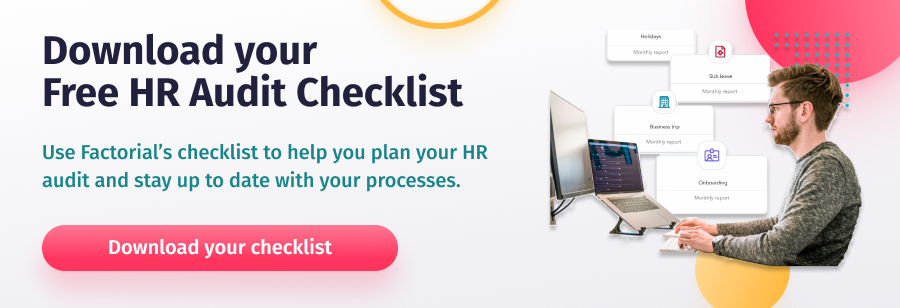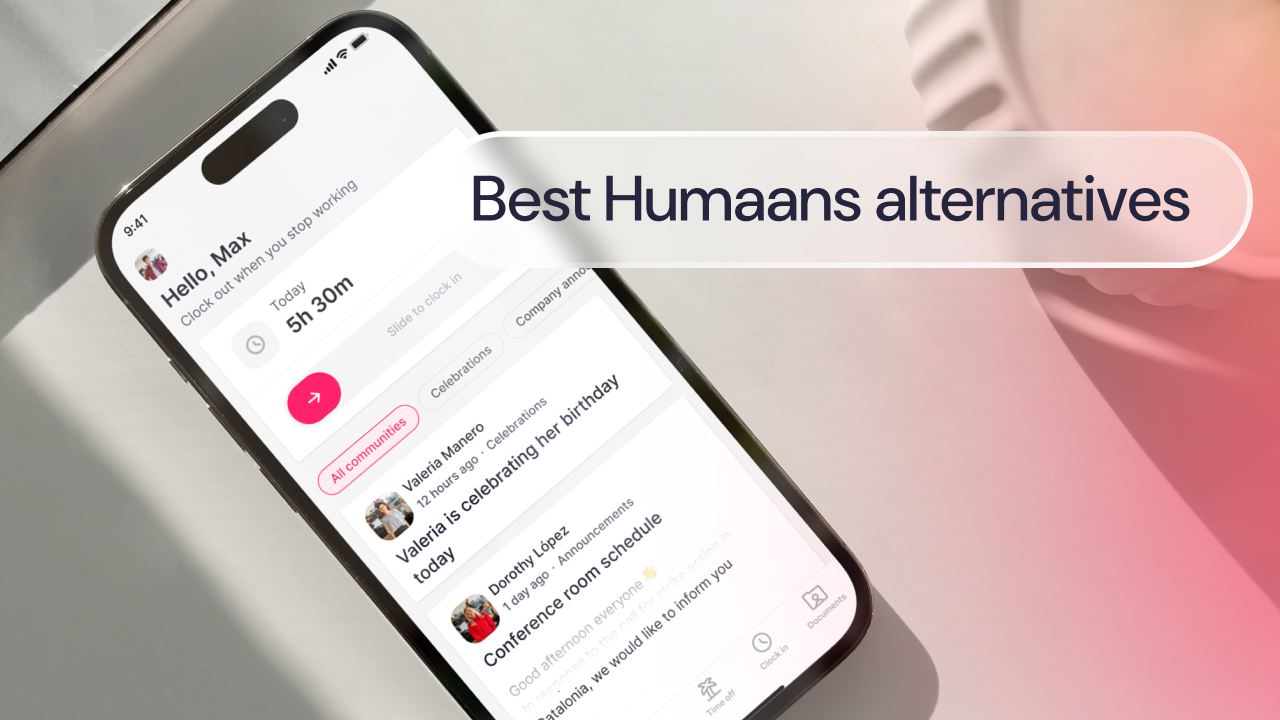The Chancellor of the Exchequer presented his latest Budget to Parliament earlier this year. The budget consisted of a three-point plan to support jobs and businesses as we emerge from the pandemic. Recovery measures included the announcement of another UK furlough extension, as well as ongoing grants for businesses and the self-employed.
This post will tell you everything you need to know about this next furlough extension. We will discuss changes in government contributions and share everything you need to know about flexible furlough. We will also look at the steps you will need to take if you decide to furlough your employees.
In this article, we will share an overview of the Furlough Extension.
Furlough Guidance for Employers
The Coronavirus Job Retention Scheme was launched in March 2020. Its aim was to offer financial support to jobs and businesses across the UK throughout the Covid-19 pandemic. This included offering companies the option to temporarily furlough their PAYE employees and protect them from redundancy as the country battled through numerous lockdowns. This scheme was extended to 30th September 2021.
Historically, furloughed employees would take a period of temporary leave and receive no pay. With the Job Retention Scheme and the announcement of another furlough extension, furloughed employees receive a percentage of their wage from the government in the form of a grant. This has proven to be a valuable lifeline for those businesses that have been affected by Covid-19.
The current guidance states that you can furlough an employee if you “cannot maintain your workforce because your operations have been affected by coronavirus”. The scheme is available to all UK employers, including businesses, charities, recruitment agencies and public authorities, of any size and in any sector.
There have been a few changes introduced since the most recent furlough extension announcement in March 2021. If you currently have furloughed employees, or you were considering applying to the scheme, you need to be aware of these changes and how they impact you as an employer.
Let’s take a look at some of these changes, as well as vital information about how you can apply, and when the scheme will end.
Flexible Furlough Will Continue
The first thing you need to know about the UK government furlough extension is that flexible furlough will continue, for now. Flexible furlough enables companies to take on previously furloughed employees on a part-time basis. The government continues to pay a percentage of hours not worked. In other words, you pay for the part-time hours a flexible furloughed employee works, and the government tops up a percentage of the remainder of their salary.
This scheme offers businesses flexibility as they start to open up again. It also allows for a fluctuating workload, especially important in service industries where restrictions can be announced at the drop of a hat. For employees, a flexible furlough approach allows them to ease back into work and balance work with childcare during this difficult transition to the new normal.
Changes in Government Contributions
The most notable change with the most recent UK furlough scheme extension is government contributions. With the previous scheme, the government paid 80% of wages up to a cap of £2,500. However, as of 1 July 2021, the government contribution has dropped to 70% (capped at £2,187.50 per month) and employers must top up the remaining 10% (so that furloughed employees continue to receive 80% of their income). This will drop further (to 60% government and 20% employer plus contributions) from the 1st of August until the end of the current furlough extension in September 2021.
The government has produced a helpful table explaining changes to the levels of government and employers contributions. You can continue to choose to top up your employees’ wages above the 80% total and £2,500 cap for the hours not worked at your own expense.
Employers have been obliged to cover the cost of employer NI insurance contributions since 1 August 2020 and this will continue under the extended furlough scheme until this comes to an end on 30 September 2021.
Furlough Extension and Pension Contributions
According to the terms of the Coronavirus UK furlough extension, although employers can make a claim to HM Revenue and Customs (HMRC) to recover a percentage of the wage costs of furloughed employees, they cannot claim for pension contributions.
Employers were previously able to claim back the amount of the minimum employer auto-enrolment contributions on the sums claimed back from the government. However, this is no longer the case. As of March 2021, employers must cover all employer pension contributions for the remainder of the extended furlough scheme.
There is an option to reduce pension contributions if you were previously paying above the minimum automatic enrolment limit. However, this will depend on the terms of your employee’s contract. Any new terms must be negotiated with the employee and you must sign a written agreement. Employers with 50 or more employees have a duty to consult employees for at least 60 days before reducing pension contributions.
Furlough Extension Rules for Employers
Here are a few facts about furlough extension rules for employers:
- You can request furlough for employees you want to stop work temporarily but stay employed.
- If you can only offer work on a part-time basis, you can put a full-time employee on flexible furlough. You can furlough them for the hours they do not work.
- You must have employed them on or before 2 March 2021 (for claims starting on or after 1 May 2021).
- The employee must be on your PAYE payroll and have been included in a recent ‘Real-Time Information’ (RTI) submission to HMRC.
- You can furlough full-time and part-time employees, workers, agency workers, those on zero-hour contracts, apprentices, and probationary employees (the probationary period is frozen).
- An employee does not need to have been on furlough before to be eligible.
- You can put someone on furlough if they are temporarily unable to work because: they’re at higher risk; a doctor has advised them to stay at home; they have childcare responsibilities; they’re caring for a person in their household who is at higher risk.
- An employee receiving sick pay cannot be placed on furlough leave.
- You must select people for furlough in a fair way to avoid any discrimination.
- Furloughed employees will continue to accrue holiday leave in accordance with their employment contract.
- Make sure you get an agreement in writing, keep furloughed staff on payroll, and continue their employment contracts.
- Finally, make sure you maintain regular contact with furloughed employees. And make sure they are clear about when their return date is.
How to Furlough Employees
There are a number of steps you need to take into consideration before you can furlough your employees. Firstly, you’ll need to decide the length of your claim period. How long do you think you will need to furlough your employee or employees? You’ll also need to work out your employees’ wages. Finally, you will need to decide whether you will claim a full or flexible furlough.
According to the Treasury, the furlough extension scheme has been “designed to help employers whose operations have been severely affected by Covid-19 to retain their employees and protect the UK economy. However, all employers are eligible to claim under the scheme and the government recognises different businesses will face different impacts from coronavirus.”. In other words, the Government expects employers to do the right thing, but HMRC reserve the right to follow up on claims.
To make a claim as part of the UK government furlough extension scheme you need to do the following:
- Check if you can claim through the Coronavirus Job Retention Scheme.
- Make sure you are clear on all HRMC steps before calculating your claim.
Calculate how much you have to pay your furloughed employees and how much you can claim back. - Submit a claim for your employees’ wages.
- Report a payment in PAYE Real Time Information.
Make sure you keep a record of all employee furlough agreements, terms and conditions.
Furlough Extension Calculator for Employees
Once you are sure that you can furlough an employee, you will need to use a furlough calculator to work out how much you can claim. This figure will be in line with an employee’s regular salary and schedule. If your employee takes flexible furlough, you’ll need to work out their usual vs actual hours worked. You will also need to define how many hours a flexible furlough employee will work throughout the claim period.
With the previous scheme, you could claim 80% of an employee’s usual salary for hours not worked. However, since 1 July 2021, you can now only claim 70% and the employer should have been contributing towards the cost of your furloughed employees’ wages.
Use the government furlough calculator to work out how much you have to pay your furloughed employees for hours on furlough and how much you can claim back.



